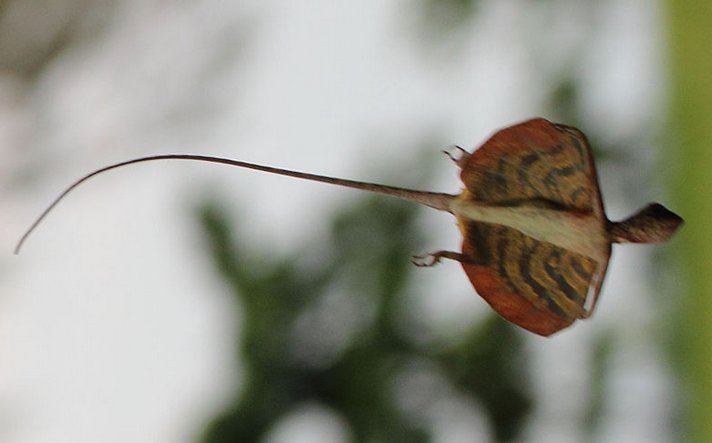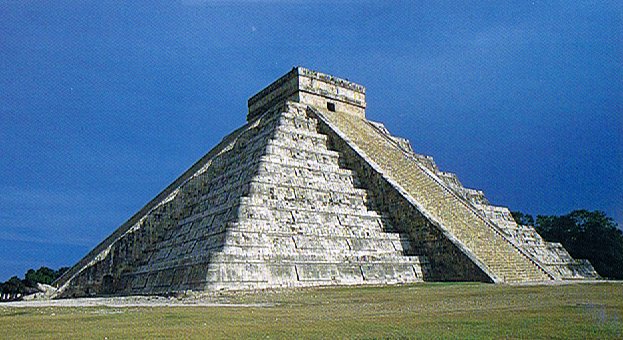The sweet water (vai ora) cycle was fundamental for the well being of Mother Earth and all her living creatures. ... 'The rays drink up the little waters of the earth, the shallow pools, making them rise, and then descend again in rain.' Then, leaving aside the question of water, he summed up his argument: 'To draw up and then return what one had drawn - that is the life of the world.' The first of the 20 Mayan day signs was Imix, the water serpent (sea-dragon): 
 In order to describe the cycle of this undulating water it had been necessary to use known everyday phenomena for explaining the strange fact that water not only could rain down but also as if by magic climb up again. Some serpents were able to climb (manu kake). ... The 'classic' version, however, was much more detailed: the rope would seem to rise high into the skies, disappearing from view. The boy would climb the rope and be lost to view. The magician would call back his boy assistant, and, on getting no response, become furious. The magician then armed himself with a knife or sword and climbed the rope, vanishing too. An argument would be heard, and then limbs would start falling, presumably cut from the assistant by the magician. When all the parts of the body, including the torso, landed on the ground, the magician would climb down the rope. He would collect the limbs and put them in a basket, or collect the limbs in one place and cover them with a cape or blanket. Soon the boy would appear, restored ...
"There is a natural law or method prevailing throughout the activity of all organizations, and differing for each. It gives to each what we call its personality, without which it ceases to be itself as distinct from other organizations, or systems - be they living beings, or types of government or social order, or languages. This law, method, type, is shown by its persistent repetition, by its constant cropping up as the system functions. And it will only be after extended familiarity that we come to recognize it thus as a distinctive quality. This is as true in physics and ethics, as in sociology and language; it is what the individual habitually does. Inability to apprehend it in matters of international psychology, mated with our egocentric belief in our own 'rightness', is the cause of nine-tenths of international frictions. A similar result follows in studying any kind of system, e.g. another language. Instances of the 'habit' will come forth in abundance; and the proof of the 'persistence of the Etymon' will lie in the fact that once recognized and followed, an intelligent and idiomatic use of all Mayance becomes easy and simple; without it, we should constantly stumble and misapprehend the real meaning behind. For Mayance words never get far from, or out of sight of, their 'Etymon'; ours do. That is the great difference; it rules through all word-formation and syntax, and we must perforce assume its presence in the glyph-system syntax as well." (William Gates, An Outline Dictionary of Maya Glyphs.) The peculiar glyph line order on the rongorongo tablets, beginning at bottom and rising upwards with the even lines upside down, was probably created to evoke the image (etymon) of the Rising Water Dragon, with dorsal side up only at odd times and with dotted abdomen up at even times. I suggest this climbing creature was the true and original habit, whereas the Kukulkan serpent flowing downwards - not only to the equinoxes but all the way down to the rock bottom - was only a visualization of his pair of shadow sisters (one above the equator and the other below).
|

